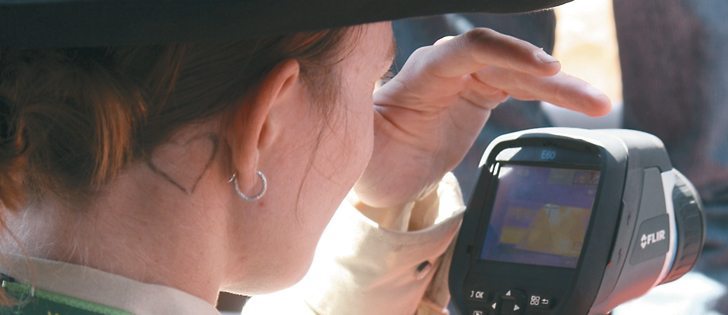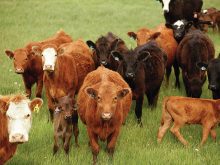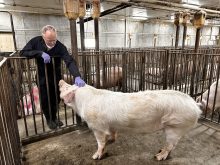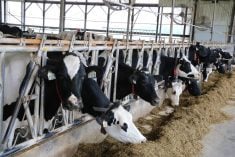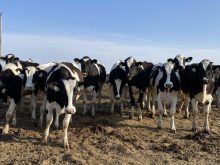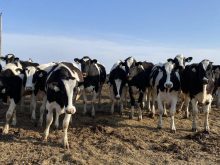Infrared technology | Researchers assess stress levels of animals during rodeo events using thermal eye photos
Christy Goldhawk stands behind the rodeo chutes pointing a small tool that looks like a police radar gun.
She is using an infrared thermography unit to evaluate the eyes of bucking horses and bulls lined up to perform at the Calgary Stampede. It is part of a University of Calgary faculty of veterinary medicine research project in collaboration with the Stampede to take science to the rodeo.
The images taken before and after an animal performs will assess the well-being and stress each experiences at a rodeo. The project is in its fourth year and Goldhawk plans to start analyzing the data this summer. Results are expected to be published before next year’s Stampede.
Read Also

Beef check-off collection system aligns across the country
A single and aligned check-off collection system based on where producers live makes the system equal said Chad Ross, Saskatchewan Cattle Association chair.
“It will be one of the first scientific papers on the behaviour and welfare of rodeo animals,” said Ed Pajor, professor of animal behaviour and welfare at the veterinary school. He is also a member of the Stampede’s animal care advisory panel.
Little scientific research has been done on performance animals, said Pajor.
The first year of research evaluated animal behaviour and recorded it on video for future analysis. Last year, infrared thermography was added. The tool takes a picture of the eye from about a metre away and indicates whether there has been a change in body temperature.
“We know if an animal is more afraid, it should have a higher eye temperature. A more experienced animal should have a lower eye temperature,” said Pajor.
The research team led by Pajor and Goldhawk consists of veterinary students who are comparing the behaviour of novice and more experienced animals.
They already know novice horses and bulls are more nervous and may be adversely affected by crowds of people, noise from music, fireworks, other horses or having a rider climb on them.
“About 70 percent of the animals in the chutes show very little sign of fear or stress or arousal. Thirty percent of the animals do show some reaction to any one of those different stimuli that is going on,” he said.
The technology has been used in other species including humans as an indicator of stress resulting from elevated body temperature in the eye area. Agriculture Canada researchers conducted pioneering work to assess pain and change in body temperatures.
“If IRT can work, that would mean we would have a non-invasive way to measure stress levels,” he said. Researchers don’t need to take blood or use monitors to look for elevated stress.
Each animal is scored on a scale of one to five, with the highest number showing the greatest level of stress.
“We rarely score as high as a three and never scored over a four,” he said.
“There is very little occurrence of aversive handling,” Pajor said.
The rodeo animals at the Stampede spend most of their time at the Stampede Ranch in east-central Alberta and may work only eight to 10 times a year. A horse or bull may get ridden only once at the rodeo, unless it is brought back for a championship event.
The research findings could also be used to assess whether an animal is getting sick.
“It could be part of the regular vet checkup before they are used in an event,” he said.
The Stampede has been accused in past years of poor handling and needless injuries to livestock. However, event organizers argue that the horses are well treated and like to buck.
“It is two different stories,” Pajor said.
Other interested parties are watching the research. Stock contractors are interested in the results because their animals travel around the country and they want assurances livestock is well treated.
Animal handling staff at the Stampede were trained by Jennifer Woods, an Alberta animal welfare trainer and auditor. She has also audited the facilities and made recommendations to further protect the animals.
“If there is an indication we need to train people to do a certain thing or train them to keep doing a certain thing, that is worth while,” said Goldhawk.
She plans to work with the Stampede year round because livestock events occur nearly every week there and it requires a high level of care for the animals.




